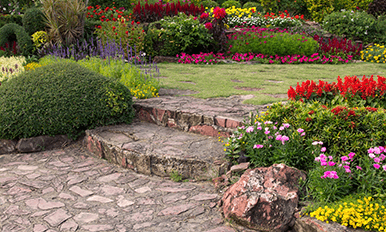
Industry Leading
We pride ourselves on delivering the
best services in the industry.
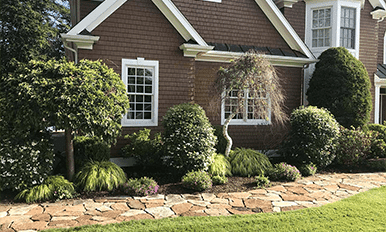
Schedule by Phone
Call Us Any Day 8am – 6pm
(203) 438-1060

Satisfaction Guaranteed
It’s simple, we aim to please.
100% satisfaction guaranteed.
Sedum Plant Basic
These plants are native to Europe, Asia, and Africa. Sedum plants are characterized by their fleshy leaves and stems, which store water. There are over 600 species of Sedum plants, and they come in a variety of colors, including green, yellow, pink, and red.
Sedum is a perennial flower that blooms in the summer. The plant grows best in full sun and well-drained soil. It is drought tolerant and does not need to be watered frequently. Sedum can spread quickly, so it is important to plant it in an area where it has plenty of room to grow.

Sedum Plant Basic
Sedum is a perennial flower that blooms in the summer. The plant grows best in full sun and well-drained soil. It is drought tolerant and does not need to be watered frequently. Sedum can spread quickly, so it is important to plant it in an area where it has plenty of room to grow.


Different Types of Sedum Plant
Some of the most popular types of Sedum plants include:
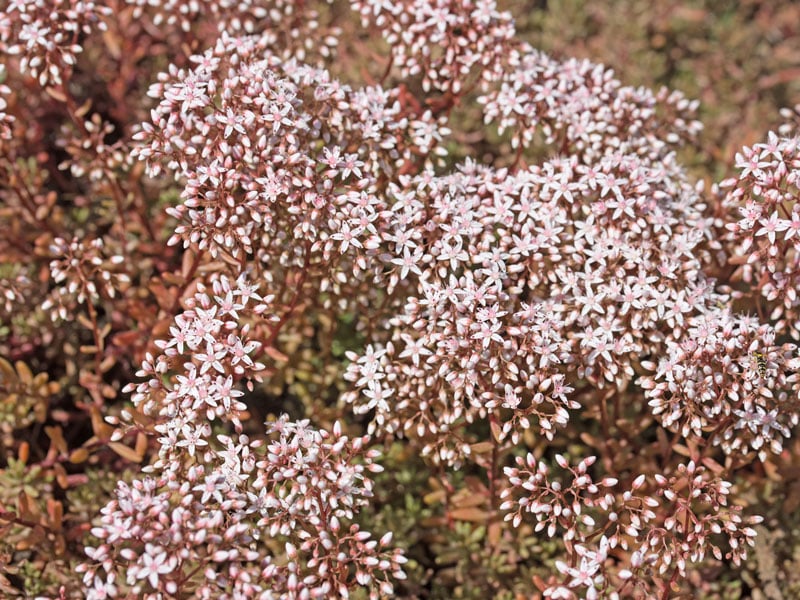
Sedum album
This type of Sedum is native to Europe and Asia, and it is a small, succulent plant that blooms in the summer.
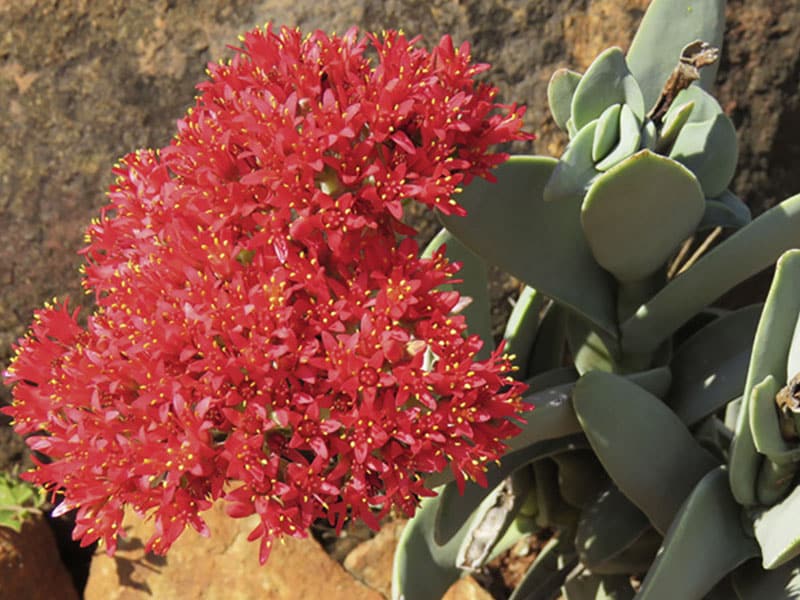
Sedum rubrum
Sedum rubrum is native to Europe and Asia, and it is a succulent plant that has red flowers.
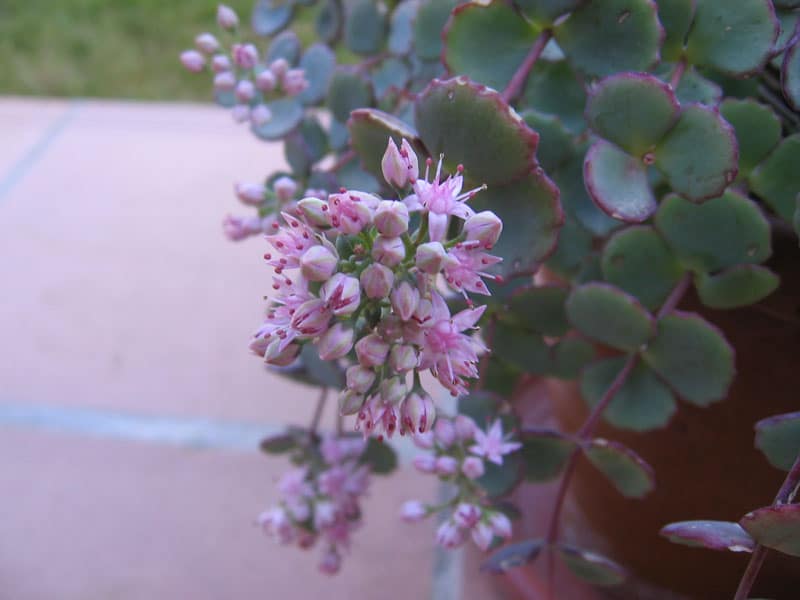
Sedum sieboldii
Sedum sieboldii is native to Asia, and it is a larger succulent plant that blooms in the summer.
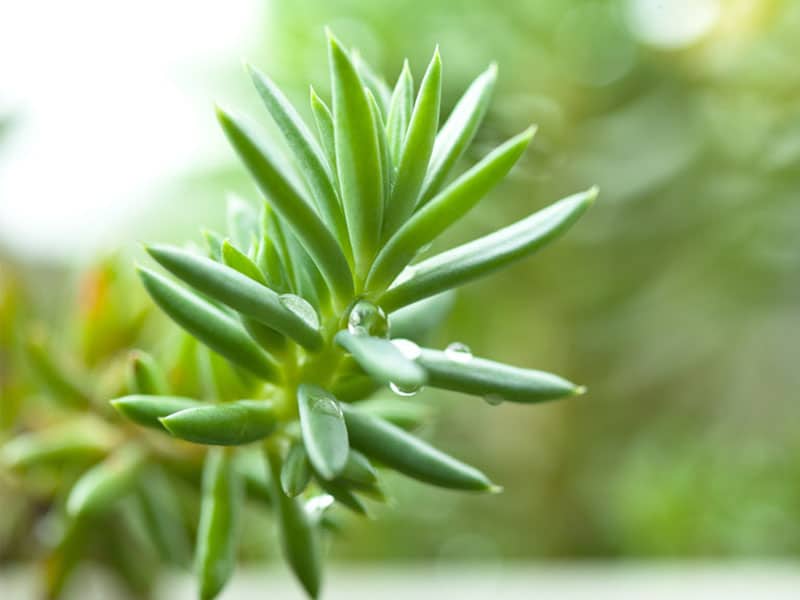
Sedum rupestre
This type of Sedum is native to Europe and Asia, and it is a small, succulent plant that blooms in the summer.
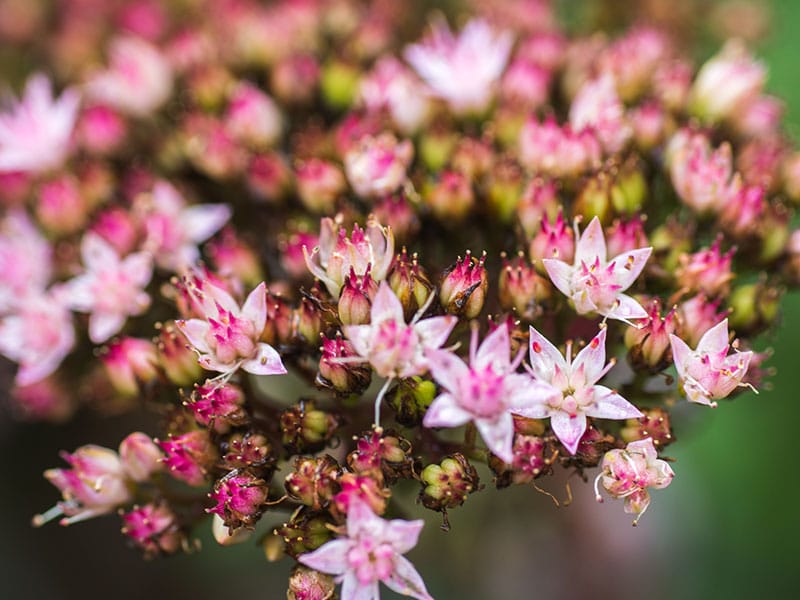
Sedum spectabile
Sedum spectabile is native to North America and Asia, and it is a tall, succulent plant that blooms in the summer.
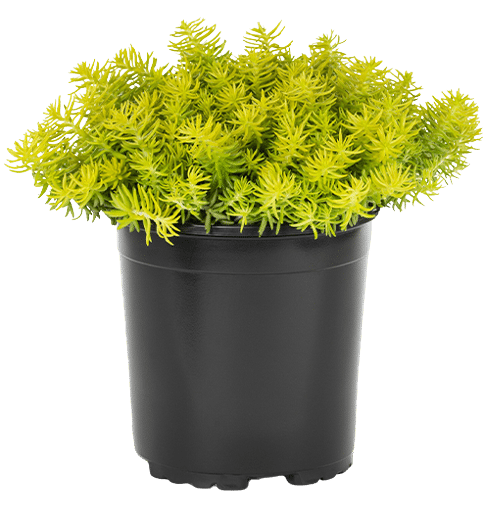
Cultivation and History
Sedum plants were first brought to North America in the early 1800s by European settlers. These plants were introduced to gardens and became popular ornamentals. Sedum plants are still widely grown today, and they are often used as groundcover, in rock gardens, or as potted plants.
Sedum plants have a long history of cultivation. They were first grown by the ancient Greeks and Romans, who used them as ornamental plants. Sedum plants were also used medicinally by the ancient Egyptians, who believed that they had healing properties.
What Does a Sedum Symbolize?
The sedum plant is a symbol of love and passion. It
is also a symbol of good luck, fortune, and
prosperity.
Sedum plants are popular symbols of love and
passion because of their vibrant colors and ability
to bloom in the summertime.
Pests and Diseases of Sedum Plants
Sedum plants are generally very resistant to pests and diseases. However, they can be susceptible to mealy bugs, scale insects, and spider mites. If your Sedum plant is infested with pests, you can treat it with insecticidal soap or neem oil.
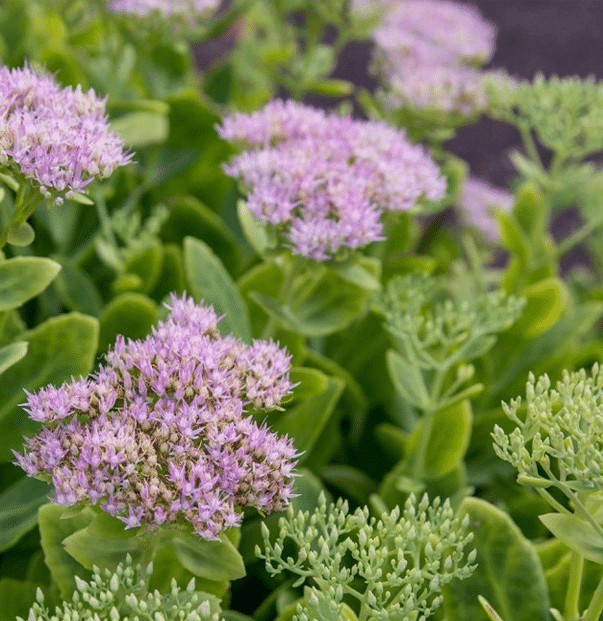
Sedum Growing Instructions
A sedum plant is a great option for an easy-to-care-for plant that is also beneficial to your garden. They are known for their ability to attract bees and other pollinators, which can be beneficial for your garden.
If you are looking to plant a sedum, be sure to:
- Plant the sedum in an area where it has plenty of room to grow. The sedum plant can spread quickly, so be sure to give it plenty of space.
- Water the sedum plant sparingly. Sedum plants are drought tolerant and do not need to be watered frequently.
- Plant the sedum in the spring or fall. This will give the plant time to establish itself before the hot summer months.
- Fertilize the sedum plant lightly. Sedum plants do not need a lot of fertilizer, and too much fertilizer can actually harm the plant.
Best Time to Plant a Sedum Plant

Choosing and Preparing a Planting Site
When choosing a planting site for your sedum plant, it is important to choose an area that has plenty of room.
When preparing the planting site, be sure to:
Choose an area that has full sun and well-drained soil.
Needs full sun in order to thrive. The plant will not do well in shady areas.
Water the area well before planting the sedum.
• Nutrients and Fertilizer Needs:
Mix in some compost or other organic matter to help the plant grow.
After you have prepared the site, you are ready to plant your sedum. Be sure to give the plant plenty of room to grow and water it sparingly. Additionally, be sure to fertilize the plant lightly. Too much fertilizer can actually harm the plant.
Sedum Planting Process
When planting your sedum plant, be sure to dig a hole that is twice the size of the plant’s root ball. Sedum plants prefer well-drained soil, so be sure to mix in some compost or other organic matter to help with drainage. The soil should be fertile. Sedum plants need a lot of nutrients to thrive. Once you have planted the sedum, water it well and give it plenty of room to grow.
If you are planting a sedum cutting, the process is similar. Be sure to remove any leaves from the bottom half of the cutting and dip the cutting in rooting hormone. Then, plant the cutting in a pot or other container filled with well-drained soil. Water the plant well and place it in a sunny spot. The cutting should root within a few weeks.
Once you have planted your sedum, be sure to water it sparingly and give it plenty of room to grow. Additionally, be sure to fertilize the plant lightly every few weeks during the growing season. Sedum plants are relatively easy to care for and make a great addition to any garden.

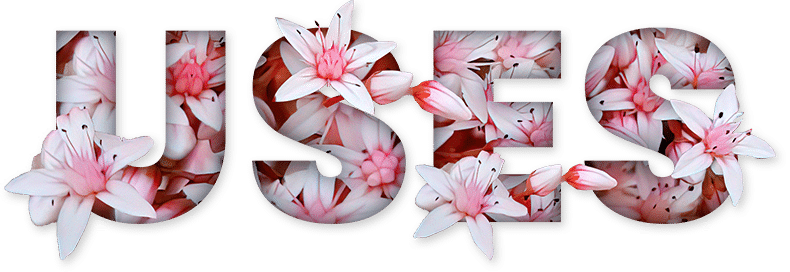
Uses of Sedum in Your Home
• Purify The Air
One way to use sedum in your home is to plant it in a pot or other container. Sedum plants can make a great addition to your indoor decor and can help to purify the air in your home. Additionally, sedum plants can help to prevent moisture damage by absorbing excess moisture from the air.
• Prevent Mold growth
Another way to use sedum indoors is to place it in a terrarium. Sedum plants can help to create a humid environment and can also help to prevent mold growth. Additionally, sedum plants can help to increase the humidity in your terrarium.
• Absorbing Harmful Toxins
Another way to use sedum in your home is to place it in a sunny spot. Sedum plants can tolerate a wide range of light conditions and can help to brighten up a dark corner in your home. Additionally, sedum plants can help to purify the air in your home by absorbing harmful toxins.
• Variety Of Ways
Sedum plants are a versatile option for your indoor space and can be used in a variety of ways. Be sure to give sedum plenty of room to grow and water it sparingly for best results.
Uses of Sedum in Your Garden
One way to use sedum in your garden is to plant it along the edge of a garden bed. Sedum plants can help to define the space and create a border between your garden and the rest of your yard. Additionally, sedum plants can help to prevent weeds from encroaching on your garden space.
Another way to use sedum in your garden is to plant it under larger trees. Sedum plants are tolerant of shade and can help to fill in empty spaces in your garden. Additionally, sedum plants can help to prevent weeds from taking over shady areas.
Add One To Your Garden Today!





